Water & Sanitation
IsDB and The Water Sector
Water is a source of life, livelihoods and prosperity. It is an input to almost all production, in agriculture, industry, energy, transport, by healthy people in healthy ecosystems.
Water can also be a cause of death, devastation and poverty, through drought, flood, landslides and epidemic, and through erosion, inundation, desertification, contamination and disease. That is why, starting from 2012, and up until 2020, the World Economic Forum has ranked water crises among the top five global risks in terms of impact.
Despite many improvements, still, 4.2 billion people lack access to safely managed sanitation services, 2.2 billion people lack access to safely managed drinking water services, and 3 billion lack basic handwashing facilities.
While access to improved water sources was around 90 per cent or more in all regions except sub-Saharan Africa and Oceania, widespread inequalities persist within and among countries. As for sanitation, it is estimated that about 80 percent of all industrial and municipal wastewater are released to the environment without any prior treatment.
Water Challenges in IsDB Member Countries
In terms of water resources, IsDB member countries (MCs) show a contrasted picture, but all these countries have one common trait: agriculture water withdrawals are about 80 percent, and reaching 90 percent for some countries, exceeding the world average of 70 percent, and the developed countries, where water abstractions for agriculture do not exceed 40 percent.
IsDB Footprint in the Water Sector
Since its inception, the IsDB Group has been actively involved in financing water related activities with cumulative net approvals amounting to US$ 7.7 billion as of September 2021, representing 5.1 percent of the Bank’s total approvals. Whereas yearly total approvals were more than US$ 520 million in 2016 and 2017, there was a marked decline in 2018 and 2019, with an average of US$ 150 million of new commitments during that period for the sector.
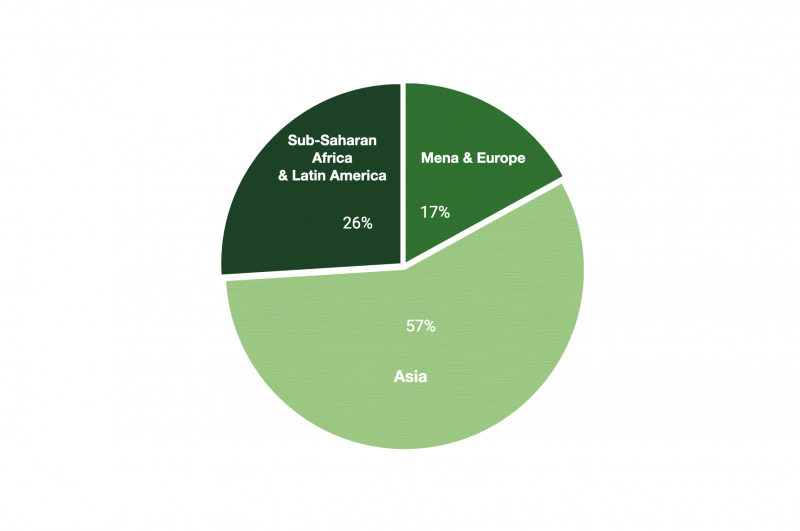

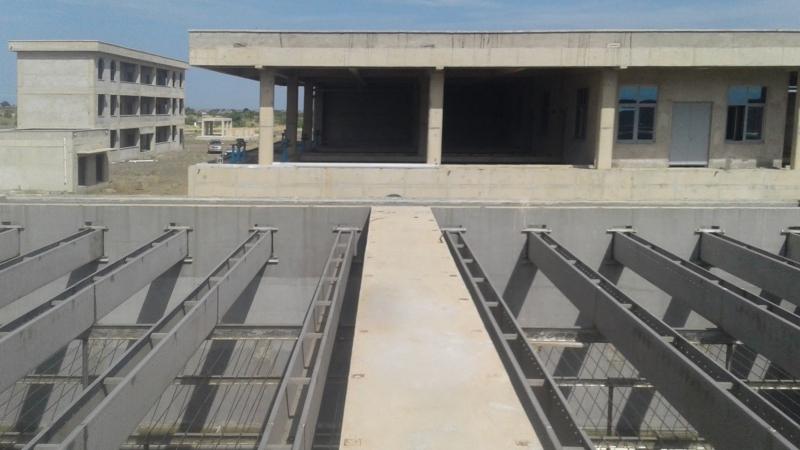
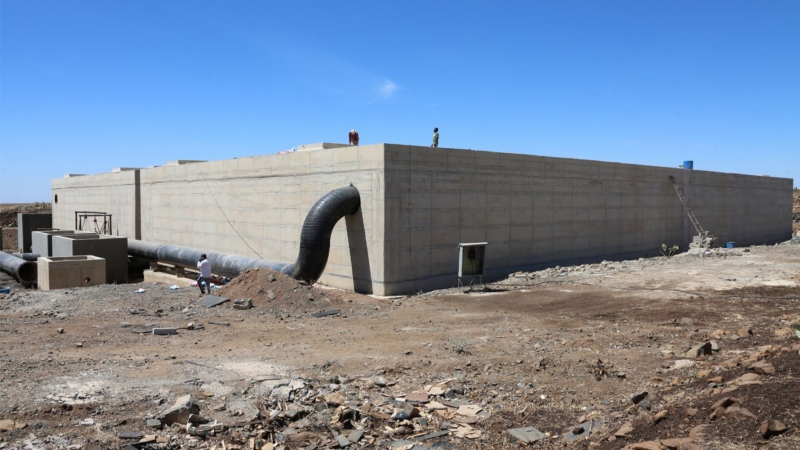
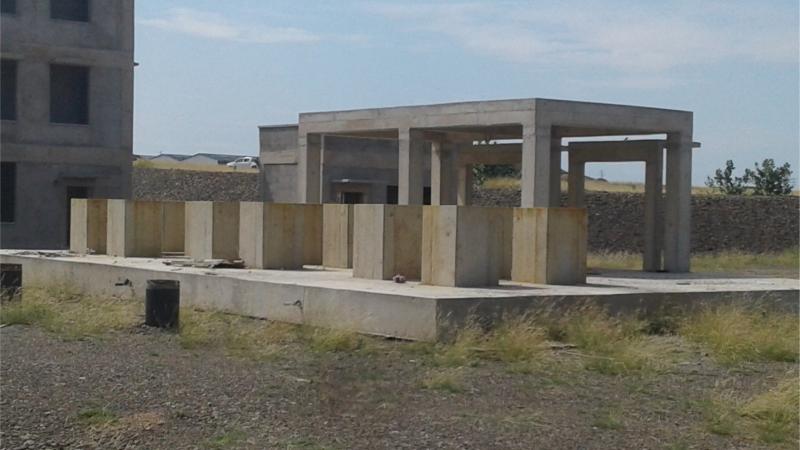
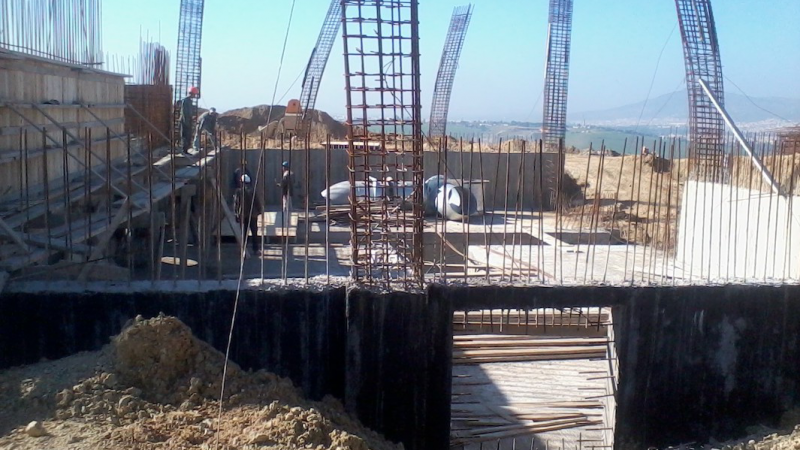
Further successful projects include:
- Touba water supply in Senegal
- Essaouira water treatment plant in Morocco
- Heightening of the Roseires Dam in Sudan
- Wadi Daiqah water supply in Oman
- Irrigation modernization in Nakhchivan Azerbaijan
- Flood projection in Nakhchivan Azerbaijan
- Tashaka irrigation in Uzbekistan
- West Bekaa wastewater in Joub Janin
- Watewater treatment plant in Lebanon
- West Bekaa wastewater in Saghbin
- Water supply, sanitation and caretaker training in Bangladesh
- Mobile water treatment plant in Bagerhat Sadar
- Interconnection of Elhouareb and Sidi Saad dams in Tunisia
- Taza water supply in Morocco
- Construction of Fes water reservoir in Morocco
- Essaouira pumping station, eight provinces water supply in Morocco